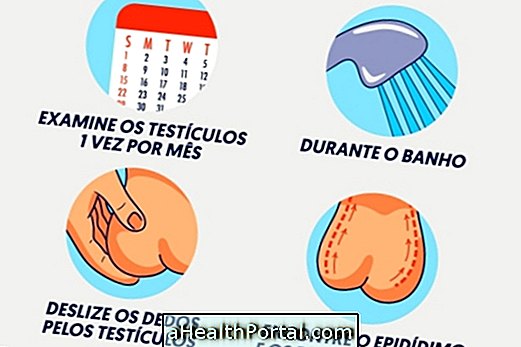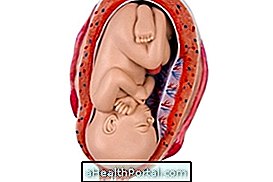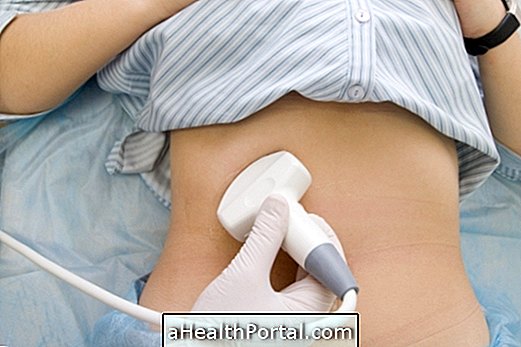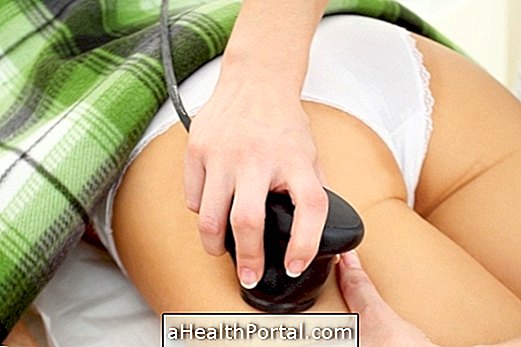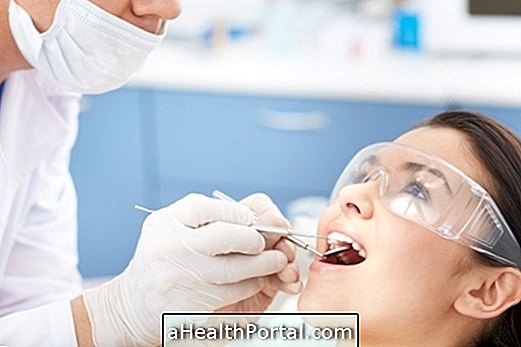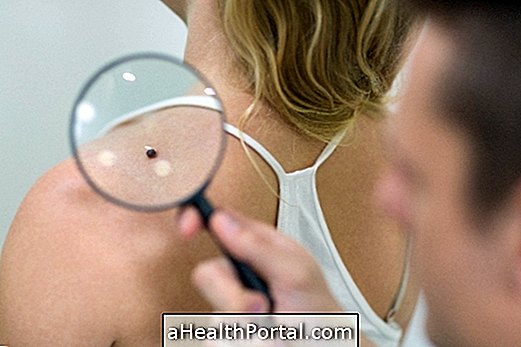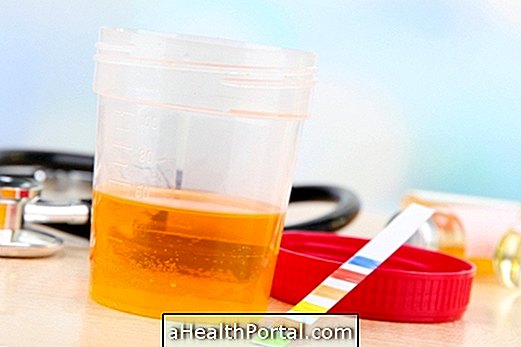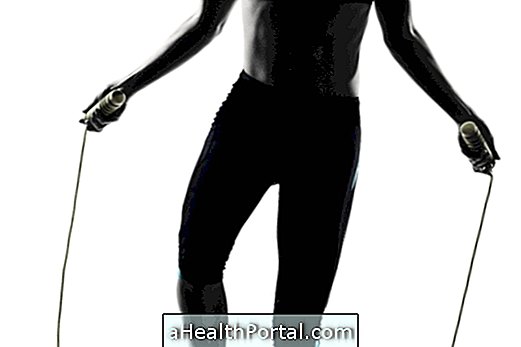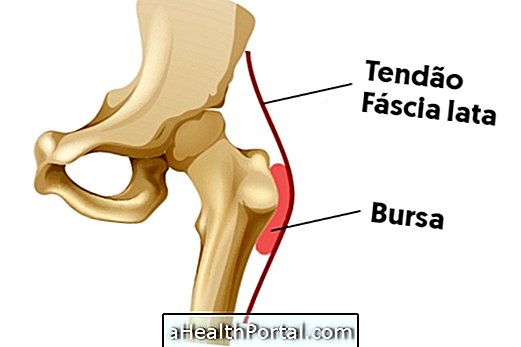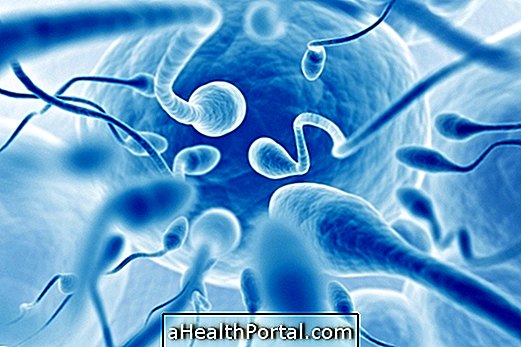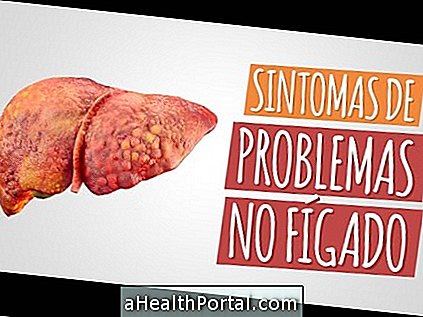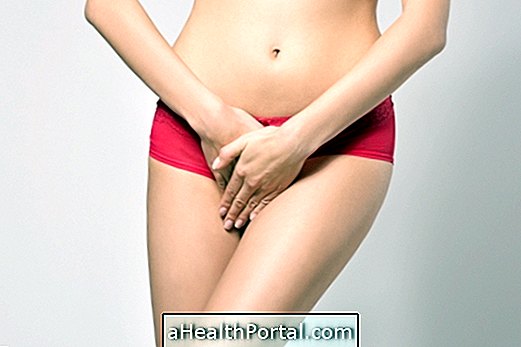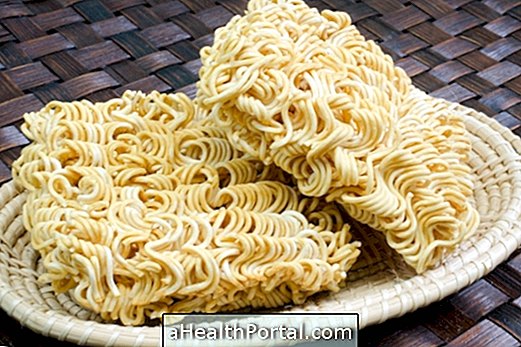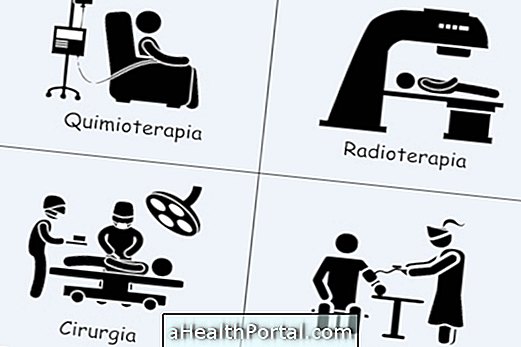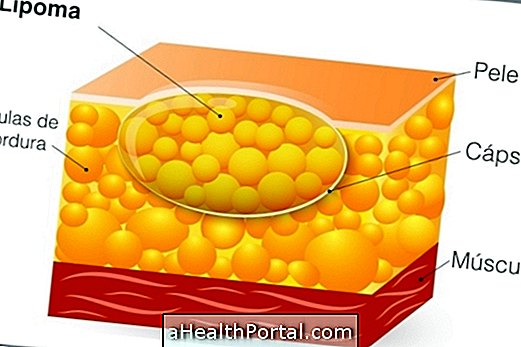Childhood asthma is more common when a parent is asthmatic, but it can also develop when parents do not suffer from the disease. Symptoms of asthma may manifest can arise in childhood or adolescence.
Symptoms of asthma in the baby may include:
- Feeling of shortness of breath or wheezing, more than once a month;
- Cough caused by laughter, intense crying or physical exercise;
- Coughing even when the baby does not have the flu or a cold.
There is a greater risk of the baby having asthma when one parent is asthmatic, and if there are smokers in the home. The fur of the animals only provoke asthma if there is a genetic predisposition / allergies to the hair, by itself, the animals do not cause asthma.
The diagnosis of asthma in the baby can be made by the pediatric pulmonologist / allergist, but the pediatrician may be suspicious of the disease when the child has the signs and symptoms of asthma. Learn more at: Exams to diagnose asthma.
Treatment of asthma in the baby
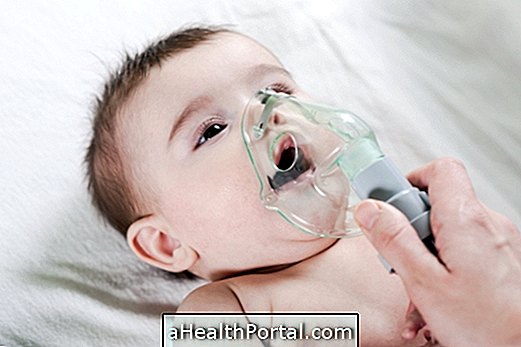
The treatment of asthma in the baby is similar to that of the adult, and should be done with the use of drugs and avoiding exposure to substances that can trigger the asthma attack. In infants and children under the age of 3, your pediatrician or pediatric pulmonologist will direct the nebulization with the asthma medicine diluted in saline solution, and only usually after 5 years of age, will she be able to start using the asthma".
The pediatrician may also recommend spraying with corticoid medicines, such as Prelone or Pediapred, once a day to prevent the onset of asthma attacks and get the flu shot every year before winter begins.
If an asthma attack does not seem to work, you should call an ambulance or take the baby as quickly as possible to the hospital. See what are the first aid in the asthma crisis.
In addition to using the remedy the pediatrician should advise parents to take some care at home, especially in the baby's room as to avoid the accumulation of dust. Some useful measures are to remove carpets, curtains and carpets from the house and always clean the house with a damp cloth to always remove all dust.
How should the baby's bedroom with asthma
Parents should pay special attention when preparing the baby's room, since it is where the baby spends more time during the day. So the main care in the room include:
- Use anti-allergy covers on the mattress and bed cushions;
- Change blankets for duvets or avoid using blankets with fur;
- Change bedding every week and wash in 130 ° C water;
- Put washable rubberized floor, as picture 2 shows, in the places where the child plays;
- Clean the room with a vacuum cleaner and damp cloth at least 2 to 3 times a week;
- Clean the fan blades once a week, avoiding dust accumulation on the appliance;
- Remove carpets, curtains and carpets from the child's bedroom;
- Avoid entering animals, such as cat or dog, inside the baby's room.
In the case of the baby with asthma symptoms due to changes in temperature, it is also important to wear clothes appropriate to the season to avoid sudden changes in temperature.
Also, plush dolls should be avoided because they accumulate a lot of poeria. However, if there are toys with fur it is advised to keep them closed in a closet and wash them at least once a month.
These care should be kept throughout the home to ensure that allergic substances, such as poeria or fur, are not transported to where the baby is.

What to do when your baby has an asthma attack
What you should do in the baby's asthma attack is to do nebulizations with bronchodilator medicines, such as Salbutamol or Albuterol, prescribed by the pediatrician. For this it is due to:
- Put the number of drops of the medicine indicated by the pediatrician in the nebulizer cup;
- Add 5 to 10 ml of saline in the nebulizer cup;
- Position the mask correctly on the baby's face or put it together on the nose and mouth;
- Turn on the nebulizer for 10 minutes or until the medicine disappears from the cup.
The nebulizations can be done several times during the day, according to the doctor's indication, until the symptoms of the baby decrease.
When to go to the doctor
Parents should bring their baby to the emergency room when:
- Asthma symptoms do not subside after nebulization;
- More nebulizations are needed to control symptoms than those indicated by the physician;
- The baby has purplish fingers or lips;
- The baby is having trouble breathing, getting very irritated.
In addition to these situations, parents should take their baby with asthma to all routine appointments marked by their pediatrician to evaluate their development.


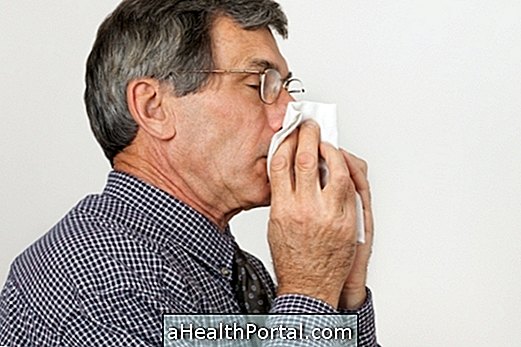
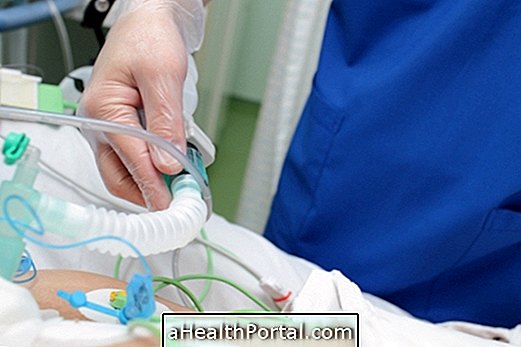



.jpg)
